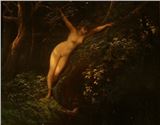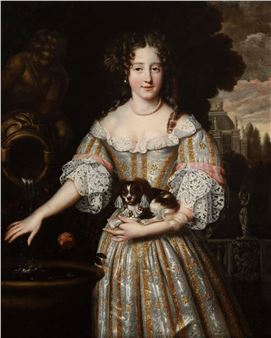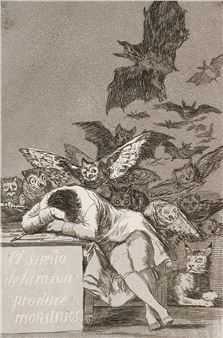Destination India Foreign Artists in India 1857–1947
This exhibition looks at the work of foreign artists who visited India between the Uprising (1857) and Independence (1947) as examples of a late phase of Orientalist art. The famous landscape painters of a much earlier era, such as William Hodges and Thomas and William Daniell, had clearly defined goals: they came in search of picturesque views of architecture and landscape. The artists who came later, in the late nineteenth and early twentieth centuries, were more diverse in every way. They were more interested in people and society, and scenes of everyday life, than in monuments. They were stylistically varied; and they came from many countries including Germany, Holland, Denmark, France and even Japan, besides Britain.
They brought to India a fresh aesthetic sensibility. Earlier artists had come with the purpose of opening Europe’s eyes to India’s historic cultures. For Hodges and the Daniells even the Taj Mahal was relatively unknown, as no one had previously depicted it. By the late nineteenth century, travel and tourism had made it a cliché, and new ways of depicting it had to be found. The same goes for the ghats at Benares, and every other well-known site. To these were added new destinations, like the temples and forts of Rajasthan, and the gardens of Kashmir. In this selection of works, we encounter a host of people and places of India, as seen through the eyes of artists who were foreigners, but who were intent on a more personal and intimate engagement.

Recommended for you
This exhibition looks at the work of foreign artists who visited India between the Uprising (1857) and Independence (1947) as examples of a late phase of Orientalist art. The famous landscape painters of a much earlier era, such as William Hodges and Thomas and William Daniell, had clearly defined goals: they came in search of picturesque views of architecture and landscape. The artists who came later, in the late nineteenth and early twentieth centuries, were more diverse in every way. They were more interested in people and society, and scenes of everyday life, than in monuments. They were stylistically varied; and they came from many countries including Germany, Holland, Denmark, France and even Japan, besides Britain.
They brought to India a fresh aesthetic sensibility. Earlier artists had come with the purpose of opening Europe’s eyes to India’s historic cultures. For Hodges and the Daniells even the Taj Mahal was relatively unknown, as no one had previously depicted it. By the late nineteenth century, travel and tourism had made it a cliché, and new ways of depicting it had to be found. The same goes for the ghats at Benares, and every other well-known site. To these were added new destinations, like the temples and forts of Rajasthan, and the gardens of Kashmir. In this selection of works, we encounter a host of people and places of India, as seen through the eyes of artists who were foreigners, but who were intent on a more personal and intimate engagement.
Artists on show
- Adrien Jean Le Mayeur de Merprés
- Alexander Scott
- Alfred Crowdy Lovett
- Alfred Edward Emslie
- Arthur Cadogan Blunt
- Boris Georgiev
- Carlton Alfred Smith
- Cecil Leonard Burns
- Charles D'Oyly
- Charles R. Gerrard
- Charles William Bartlett
- Colonel George Strahan
- David Gould Green
- Edward Lear
- Edwin Lord Weeks
- Erich Kips
- Ernest Stephen Lumsden
- Frank Dean
- Frederick H. A. Parker
- Hiroshi Yoshida
- Horace van Ruith
- Hugo Vilfred Pedersen
- John Gleich
- John Griffiths
- Lena George
- Ludwig Hans Fischer
- Marius Bauer
- Mary Anne Blyth
- Maurice Levis
- Mortimer Luddington Menpes
- Olinto Ghilardi
- Richard Robert Drabble
- Roderick McKenzie
- Theodore Howard Somervell
- Walter Crane
- William Carpenter
- William Simpson
- Woldemar Friedrich
- Wynand Otto Jan Nieuwenkamp
Contact details


 ARTISTS
ARTISTS











